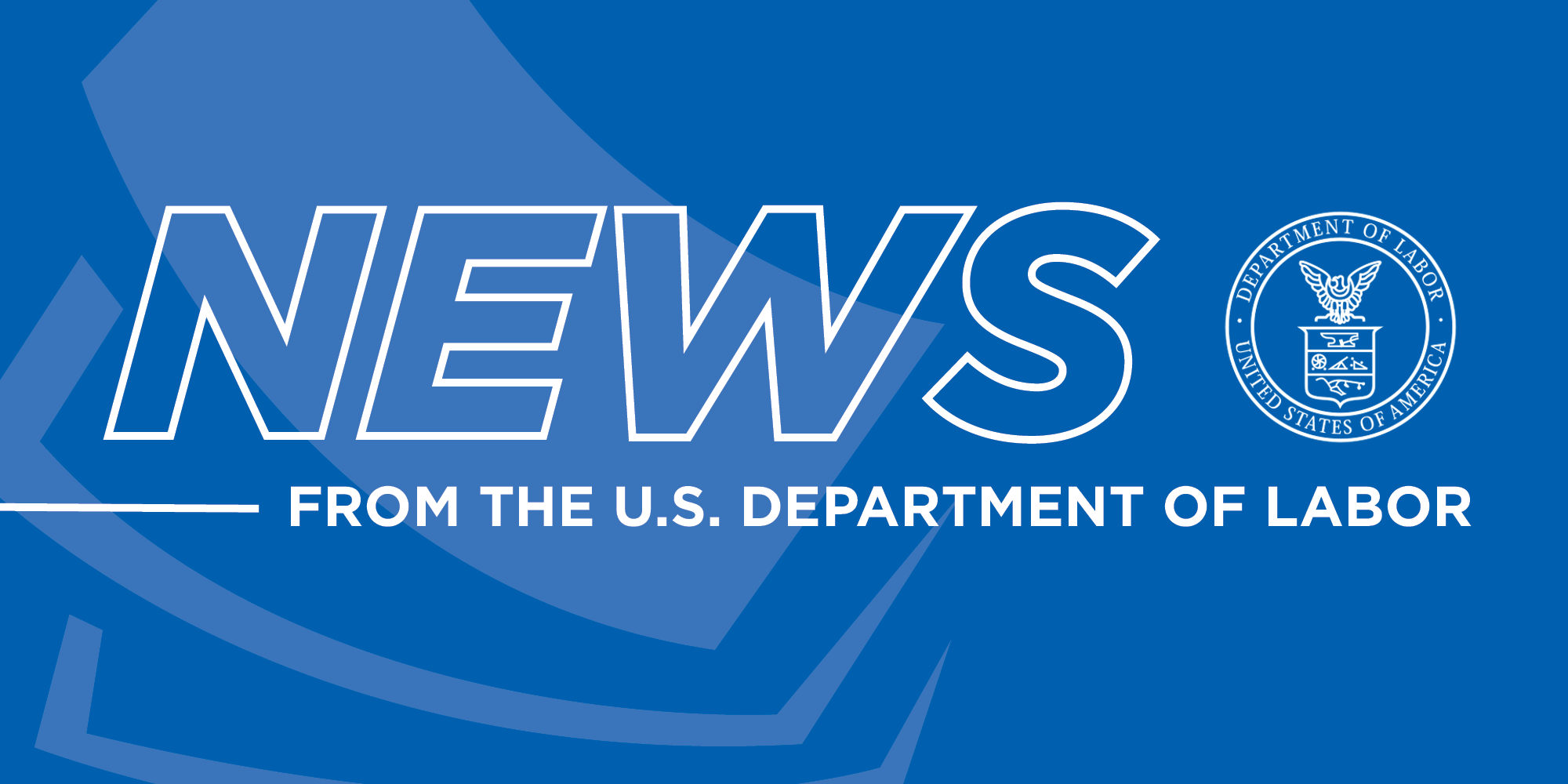So pleased! A #research #article I #edited for an #author–#client, Kimberly Hreha, EdD, OTR/L, was published today in the American Journal of #Occupational #Therapy: "Relationship Between Visual Functions and Independence in ADLs and IADLs Among Community-Dwelling Older Adults." https://tinyurl.com/ye23w4xa
#occupational
Today is World Day for Safety and Health at Work!
An estimated .
million #employees succumbed to #work-related #diseases and #accidents in 2021.
#Trends are stagnating or rising slightly. This is not in line with the UN #SDG to “promote #safe and #secure #working #environments for all workers”
.
Data: #GBDstudy 2024
https://vizhub.healthdata.org/gbd-results?params=gbd-api-2021-permalink/5abb4337666642de3e1743432123b6bf
#GlobalHealth #GlobalGoals #2030Agenda #SDGs #SDG8 #SafeDay #safeday25 #28April #IWMD2025 #occupational #SafetyAtWork #OccupationalHealth #safeWork @WHO
On #work-related #diseases and #accidents, an estimated .
to
.
million #workers succumbed to them per year (#GBDstudy, Pega et al., Takkala et al./#ILO).
#GlobalHealth #GlobalGoals #SDGs #2030Agenda #UN @WHO #SDG8 #occupational #SafetyAtWork #OccupationalHealth #safeWork
https://www.healthdata.org/research-analysis/diseases-injuries-risks/factsheets/2021-occupational-risks-level-2-risk
https://www.sjweh.fi/article/4001
https://www.ncbi.nlm.nih.gov/pmc/articles/PMC10927068/pdf/SJWEH-50-73.pdf
#US #DepartmentofLabor announces $99M in available funding to deliver #education, #occupational #skills #training, #jobservices to #youngpeople

New CPC-CG Policy Briefing compares #educational, #employment, and #occupational #mobility between #secondgeneration #immigrants and White British individuals in the UK, revealing significant disparities.
#FloorWaxing could be an important source of #PFAS #contamination, with increased #occupational health risks for #workers
May 25, 2022
"There’s a special satisfaction that comes from walking on perfectly shined floors — but is it worth the potential risk to floor waxing workers?
"A study published earlier this year measured per- and #polyfluoroalkyl substances (PFAS) in #dust and airborne #ParticulateMatter [which means it's going into the air that everyone breathes -- just not humans] during professional floor stripping and waxing. After estimating PFAS emission rates generated from the process, researchers concluded that significantly higher levels of PFAS were present during floor waxing.
"The study was led by Jiaqi Zhou, PhD, a postdoctoral researcher in the Department of Environmental Sciences and Engineering at the UNC-Chapel Hill Gillings School of Global Public Health. Collaborators include Karsten Baumann; Naomi Chang; Glenn Morrison; Wanda Bodnar; Zhenfa Zhang; Jason Surratt; and Barbara J. Turpin — all with the Gillings School — and Joanna M. Atkin, with UNC’s Department of Chemistry.
"PFAS are human-produced chemicals commonly used in industry and consumer products. Most PFAS do not break down over time, so they remain in the environment and in the bodies of exposed human and #animals long after initial use. Scientific studies have shown that exposure to PFAS may be linked to harmful health effects, which was the impetus for this study.
"Published in Atmospheric Environment, the paper reports that floor waxing floor waxing workers could have increased occupational health risks due to PFAS exposures.
“Assessment of occupational exposure due to floor maintenance is important because PFAS exposures can lead to increased risk of #cancer, #immunotoxicity and #neurodevelopmental problems, the co-authors write."
Occupational therapy interventions in promoting social communication skills among children with autism spectrum disorder: A scoping review - PubMed
https://pubmed.ncbi.nlm.nih.gov/38555904/
#pmid:38555904 #Systematic Review #Review #N Rhaman #P A Rahman #Autism Spectrum Disorder* / therapy #Child #Communication #Humans #Occupational Therapy* #PubMed Abstract #NIH #NLM #NCBI #National Institutes of Health #National Center for Biotechnology Information #National Library of Medicine #MEDLINE
I desperately need an #advocate. A #medical advocate to be precise. If you are able to help, let me know. Do you know anyone else who can help? Yes I’ve checked all the lists books are closed. #Melbourne best but anywhere in #Australia is ok you can dial into any meetings.
You don’t have to be a professional. People in the #healthcare industry who know the system migh be able to help (#physiotherapist, #occupational therapist, #nurse, etc)
I need a witness at the very least.
Please boost.
#ChronicIllness @chronicillness@a.gup.pe
@ChronicIllness@gup.pe
#DisabilityAdvocate
@disabilityjustice@a.gup.pe
@DisabilityJustice@chirp.social
@disability
#ChronicPain @chronicpain
@mecfs #MECFS #PWME @LongCovid
@longcovid
@auscovid19
#LawFedi #Medfedi #legalfedi
Despite the burden of #COVID19 among workers, little is known about work-related exposures and COVID. Infectious disease surveillance systems were unprepared to collect occupational data, presenting a barrier to assessing #occupational risks. #OccEnvMed
https://www.mdpi.com/1660-4601/20/13/6307
Hospital
For my fellow M-F #occupational friends- #SeizeTheDay it’s #saturday and there’s still time to #play! Love me a #longweekend. What’s in your plans? My top 5 to wrap up-
#Music #bookshop #netflixandchill #birdfeeder and repeatedly saying “stop barking” to #emmy the #chug
OK, where are the #OccupationalMedicine, #OccupationalHealth, #OccupationalHygiene, #OccupationalPsychology, #WorK #Stress specialists, #Ergonomists, #Occupational #Epidemiologists ... and all #Work and #Health experts on Mastodon?
We have: @doctorsdilemma, @ZekeMD @ZekeMD@mastodon.social.
Who's joined the Mastodon? Say hi!
@ulrikeklinger Hey folks! Let's have a list of academics in #work, #occupational medicine/nursing/psychology/epidemiology/hygiene, #ergonomics, #work #sociology...
Hi, I'm Quentin, Occupational Medicine Specialist at the UofA. I am migrating from mastodon.world :)
Please post any question related to #work and #health, #occupational diseases, and work-related #stress
You have questions on #work and #health, on #occupational diseases, on work-related #stress? Drop your questions and I’ll respond to them :) Keep your questions general, as I do not provide individual medical advice using social media :)
